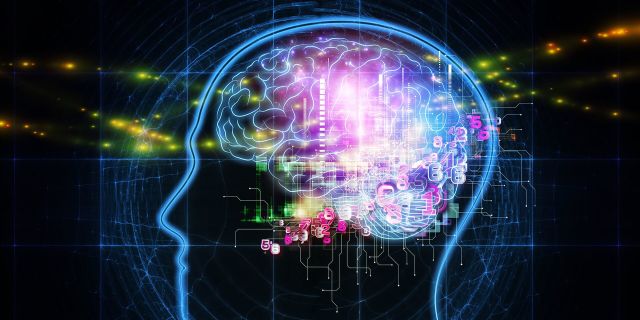How long-term Space missions change the Brain
Prolonged stay in space causes changes in the structure of the brain, writes Big Think. In a recent study, scientists were able to establish a link between this phenomenon and cases of visual impairment in astronauts.
Peter Rogers
Data from NASA, the European Space Agency and Roscosmos show that prolonged stay in space causes changes in the brain, some of which are associated with vision problems.
In 2015, NASA released a 152-page report stating that astronauts often operated spacecraft while suffering from health problems. However, these problems were not caused by the influence of any toxic substance. They arose due to the lack of gravity.
According to previous neurological studies of space travelers, prolonged exposure to microgravity causes changes in the structure of the brain. However, it is difficult for scientists to associate these changes with any specific disorders or symptoms, since not many people have spent long periods of time in space, which means there is little data.
Recently, a group of American, European and Russian scientists solved this problem by collecting data on their colleagues who visited space. According to their study, all astronauts – Americans, Europeans and Russians– had similar changes in the brain after returning to Earth. However, the Americans had significant differences.
American astronauts using a different method of combating microgravity had an enlarged area of the brain associated with vision problems.
Even early astronauts reported neurological symptoms
When humanity just started to fly into space, little thought was given to how staying there would affect the biological system. Indeed, at the beginning, NASA's leadership believed that space flights were a matter of engineering and physics, and biology had no place there.
However, at the very beginning, many astronauts reported various symptoms – most often motion sickness. For most people, this condition is normal, especially if they suddenly make a space flight. Astronauts are specially trained so that they do not have such a problem. At the beginning, they did not pay much attention to these symptoms. However, when space flights began to last longer and the study of the lunar surface began, astronauts began to report more alarming symptoms.
According to a NASA report from 2015, astronauts who spent a long time in space reported problems with coordination of movements and visual impairments. And this is very bad if we are talking about a person who manages billions of dollars worth of equipment in outer space.
Up to 70% of NASA astronauts participating in long–term missions on the International Space Station suffer from one particularly common visual impairment – neuroglacial syndrome (SANS) associated with space flight. These symptoms indicate neurological changes, so it has become common practice for astronauts to do an MRI before and after the flight.
These brain scans show significant structural changes. A group of international researchers tried to determine whether these changes in the brain are related to SANS. Donna Roberts, a neuroradiologist at the Medical University of South Carolina who helped conduct the study, explained in a press release:
"By combining the data, we get a large sample. This is important for such studies. When you're looking for statistical significance, you need more research objects."
An increase in perivascular spaces is associated with visual impairment
The study focused on 24 Americans, 13 Russians and a small number of cosmonauts of the European Space Agency (the exact number is not reported). Scientists studied MRI scans of the astronauts' brains before and after they spent six months on the ISS (256 people visited the space station in total).
After being in space, all travelers had similar changes in the brain: accumulation of cerebrospinal fluid and a reduction in the space between the brain and the surrounding membrane in the upper part of the head. However, Americans had large increases in the area of the brain that acts as a cleaning system during sleep, that is, in the perivascular spaces.
When the researchers turned to the records of ophthalmological examinations of astronauts, it turned out that eight (33.3%) of them suffered from SANS, and they had more perivascular spaces than those who did not encounter this syndrome. It turns out that the increase in perivascular spaces is associated with the development of SANS.
The perivascular spaces of the Russian cosmonauts were not enlarged, which means that some differences in the protocol may contribute to the protection of health. As one of the explanations, the researchers cited the difference in measures to combat microgravity and an exercise regime with increased resistance, which can affect the redistribution of brain fluid.
"Although the effect (of anti-microgravity measures and an exercise regime with increased resistance) on the brain during spaceflight is unknown, they may partially explain the differences in changes in the perivascular spaces of astronauts and cosmonauts. We cannot rule out that other factors (for example, diet) also influence these differences," the authors of the study wrote.

